Description
Chrome Ore Refractories: Guardians of High-Temperature Industries
Chrome ore refractories are crucial components in various high-temperature industrial processes, acting as the first line of defense against extreme heat, corrosive slags, and abrasive materials. Their ability to withstand these harsh conditions makes them indispensable in industries such as steelmaking, non-ferrous metallurgy, and cement production.
Understanding the Composition and Properties
At the heart of these refractories is chrome ore, specifically chromite (FeCr₂O₄). This mineral provides the key characteristics that define chrome ore refractories:
- High Melting Point: Chromium oxide (Cr₂O₃), a major constituent of chromite, boasts a remarkably high melting point, contributing significantly to the refractory’s overall thermal resistance.
- Chemical Inertness: Chromite exhibits excellent resistance to many chemical attacks, particularly by acidic slags. This makes it suitable for environments where acidic conditions prevail.
- Good Thermal Shock Resistance: While not as exceptional as some other refractory types, chrome ore refractories offer decent thermal shock resistance, allowing them to withstand rapid temperature fluctuations without catastrophic failure.
- High Mechanical Strength: They possess good mechanical strength at high temperatures, enabling them to bear loads and resist abrasion from moving materials.
Chrome ore refractories are often combined with other materials, such as magnesia (MgO), to further enhance their properties. Magnesite-chrome and chrome-magnesite refractories are common variations, offering a synergistic blend of characteristics. The addition of magnesia improves resistance to basic slags, making them suitable for applications where basic conditions are prominent.
Applications Across Industries
The unique properties of chrome ore refractories make them vital in a wide array of industrial processes:
- Steelmaking: Used in electric arc furnaces (EAFs), BOF (Basic Oxygen Furnace) converters, and ladles, where they provide resistance to high temperatures and corrosive slags generated during steel production.
- Non-ferrous Metallurgy: Employed in furnaces for smelting and refining non-ferrous metals like copper, nickel, and aluminum. Their resistance to chemical attack is crucial in these processes.
- Cement Production: Found in rotary kilns used for clinker production, where they withstand the abrasive action of the raw materials and the high temperatures required for cement formation.
- Glass Manufacturing: Utilized in glass melting furnaces, contributing to the durability and longevity of the furnace lining.
- Incineration: Deployed in incinerators for waste disposal, resisting the high temperatures and corrosive gases produced during combustion.
Types of Chrome Ore Refractories
Chrome ore refractories are available in various forms, each tailored for specific applications:
- Bricks: Available in different shapes and sizes, these are the most common form and are used for lining furnaces, kilns, and other high-temperature equipment.
- Castables: These are mixtures of chrome ore, binding agents, and additives, which can be poured or cast into complex shapes. They are useful for creating monolithic linings or repairing damaged sections.
- Ramming Mixes: Similar to castables, but with a different consistency, ramming mixes are compacted into place using pneumatic rammers. They are often used for patching and repairing furnace linings.
- Guniting Mixes: These are sprayed onto surfaces using specialized equipment, providing a quick and efficient way to apply a protective layer.
Challenges and Future Trends
Despite their numerous advantages, chrome ore refractories face certain challenges:
- Environmental Concerns: The mining and processing of chrome ore can have environmental impacts. Sustainable sourcing and responsible manufacturing practices are becoming increasingly important.
- Cost: Chrome ore can be relatively expensive, impacting the overall cost of the refractory material.
- Thermal Shock Resistance: While decent, the thermal shock resistance can be a limiting factor in some applications.
Looking to the future, ongoing research and development efforts are focused on:
- Developing more sustainable chrome ore sourcing and processing techniques.
- Improving the thermal shock resistance of chrome ore refractories through material optimization and advanced manufacturing methods.
- Exploring alternative refractory materials that can offer comparable performance with reduced environmental impact.
- Developing smart refractory solutions that incorporate sensors and data analytics to monitor performance and predict failure, extending the lifespan of furnace linings.
Conclusion
Chrome ore refractories play a vital role in ensuring the efficiency and longevity of high-temperature industrial processes. Their unique combination of high melting point, chemical inertness, and mechanical strength makes them indispensable in a wide range of applications. As industries continue to demand improved efficiency, sustainability, and performance, ongoing innovation in chrome ore refractories will be crucial for meeting these challenges and pushing the boundaries of high-temperature processing.

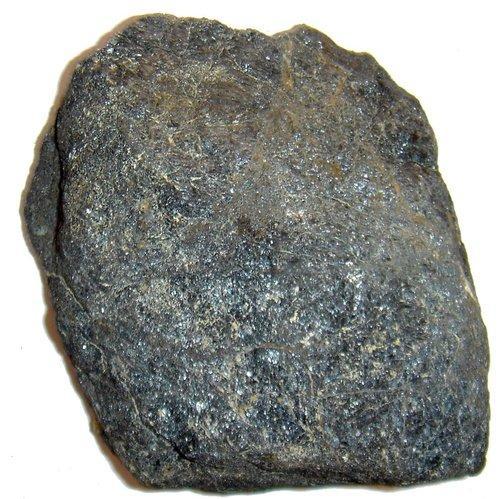

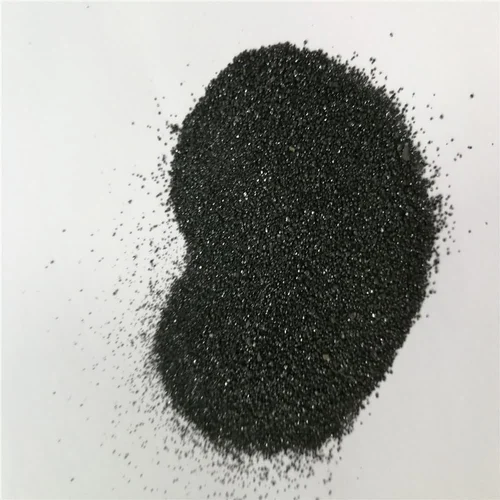
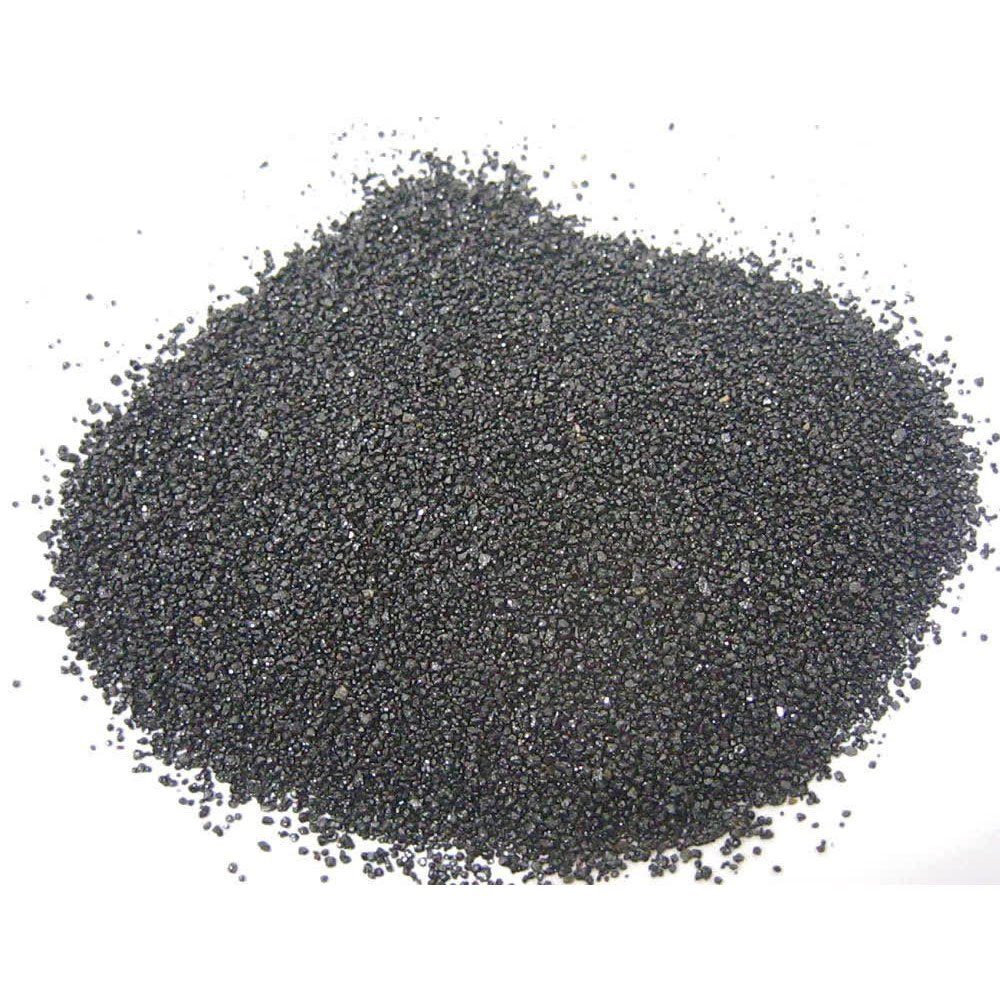
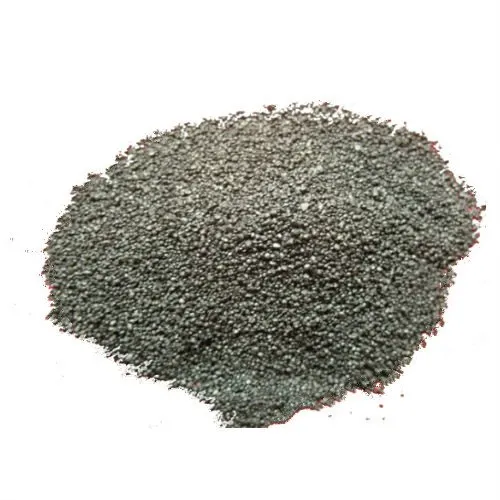

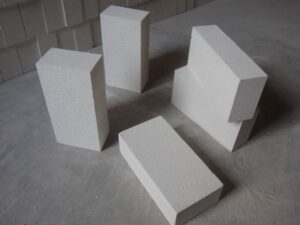


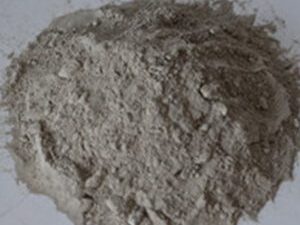
Reviews
There are no reviews yet.